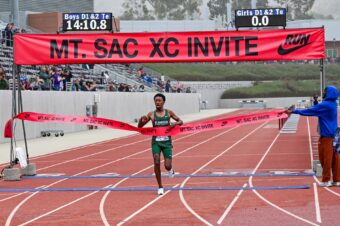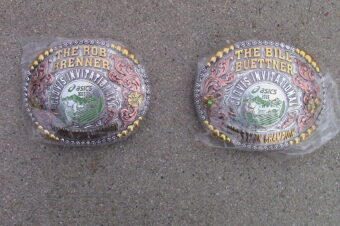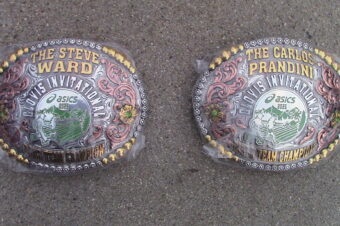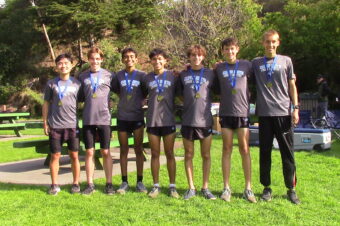BEHIND THE CLIPBOARD: Three-sport athletes a thing of the past
CalHiSports InsightsMulti-Sport October 23, 2012 SportStars 0
My dad can’t understand why I only play one sport. He says that things were better when there were three-sport athletes and kids didn’t focus so much on one thing. Should I really try to play three sports in high school?
K.D., Piedmont
This a complicated question in some ways, but it’s simple in the most obvious: No, you shouldn’t try to play three sports in high school.
It’s possible, and probably even beneficial, to play two, at least for a couple years, assuming you’re good enough. But things have changed since the good old days your dad seems to want to go back to. The proliferation of summer leagues and workouts means that young athletes are almost forced to specialize to some degree in order to keep up (except for the truly elite athletes who can do pretty much everything better than everyone else with three days of practice).
In short, the sport you focus on in the summer is the sport you’ll be good at — and that needs to be a conscious choice. At the same time, though, playing another sport isn’t a bad idea, even though your coaches might not want you to. For example, football players can benefit from running track, even if they’re not pounding away in the weight room.
And volleyball players, who are in a sport prone to repetitive stress injuries, should ignore those club coaches who make a lot of money by having them play 12 months a year, and do something else in the winter or spring. Nine months a year of volleyball, or any sport, is plenty for a 15-year old — and very likely too much for a 12-year old.
And three-sport athletes? A horrible idea, but not necessarily from the perspective of the kid who can play three sports.
Let’s start with this: There are benefits to athletic participation, or schools wouldn’t sponsor sports and there wouldn’t be magazines like this. I could run through the arguments in favor, but let’s just assume we’re convinced that it’s a good thing to do.
It’s a fact, however, that there are only so many spots on varsity and junior varsity teams, so there’s a limit to how many high school students can take advantage of the benefits of interscholastic sports.
But what if the same 12 boys, or the same 12 girls, play three varsity sports, as they did back in the day? Do they get three times the benefit of playing one sport? And even if they do, that means that 24 other kids, presumably, don’t get any benefits at all.
So if participation in high school sports is good for students, at a certain level it makes sense that as many students as possible should get that opportunity — but if the same group of athletes hogs three sports’ worth of spots, then opportunities are lost for others.
And of course, in today’s more focused and competitive world, seasons of sport overlap, summer competition is ferocious (and sometimes more important than high school) and pressure to succeed is greater. So not only is it physically demanding to play three sports, it’s a mental crusher as well. There’s just not enough time to do everything well, get good grades, have a social life and sleep nine hours a night (which might be the single most important thing you can do to improve athletically).
The halcyon days of the three-sport athlete are as gone as the one-dollar gallon of gas, and even playing two varsity sports is asking a lot, so tell your dad to chill. We’re in the 21st century now, and things have changed — and two sports is way more than enough.
Clay Kallam is an assistant athletic director and girls varsity basketball coach at Bentley High in Lafayette. To submit a question for Behind the Clipboard, email Coach Kallam at [email protected]
SportStars
SportStars Magazine: High School Sports Articles Online SportStars is your go-to source for the very best high school sports articles in California. Player and team profiles, game coverage, health and fitness tips and the largest Camps, Clinics & Combine resource for athletes. We're the story behind the stats.









No comments so far.
Be first to leave comment below.